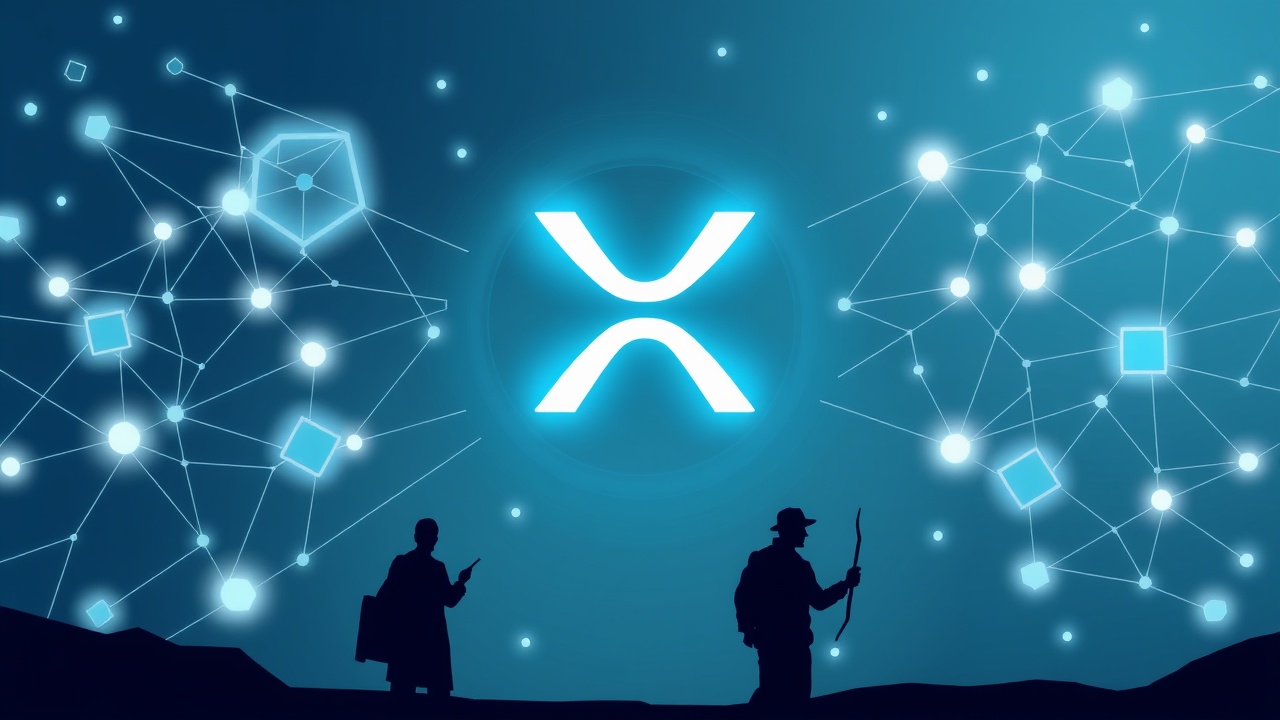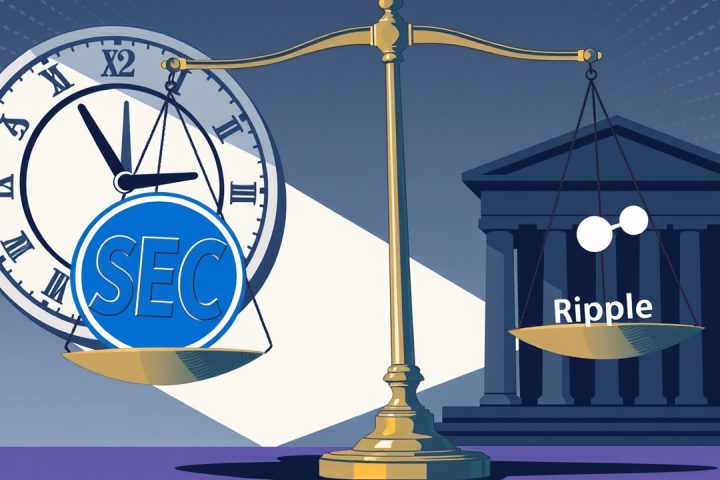Addressing Misconceptions about the XRP Ledger
In a recent public engagement, David Schwartz, Ripple’s Chief Technical Officer, addressed ongoing misconceptions about the functionality of the XRP Ledger (XRPL). This discussion was sparked following a significant $120 million breach affecting Balancer, a major decentralized finance protocol, which reignited criticism regarding the vulnerabilities of many decentralized platforms that depend on intricate smart contracts and intermediaries.
Clarifying the Role of Validators
One member of the XRP community highlighted what they perceive as a flaw in Ethereum’s architecture, asserting that the ten-year-old framework of XRPL was intentionally designed to circumvent such issues. In response, Schwartz took to social media to clarify the role of validators within the XRPL ecosystem. He emphasized that these validators do not receive compensation from transactions; rather, their primary function is to maintain consensus among nodes regarding the sequence of transactions to prevent double-spending.
Distinct Approach of XRPL
Unlike systems such as Bitcoin or Ethereum, where mining or staking activities earn rewards for confirming transactions, the XRPL framework provides a distinct approach. Schwartz pointed out that every node within the XRPL network inherently recognizes the validity of transactions, while validators solely determine their order on the blockchain.
This crucial difference implies that XRPL validators act as synchronizers rather than intermediaries, a design philosophy that Ripple adopted to eliminate incentives for rent-seeking behavior. This model ensures that the finalization of transactions is based on mathematical certainty rather than on incentives that can be manipulated, distinguishing XRPL from other chains reliant on smart contracts attempting to rectify previous issues.
Conclusion
Ultimately, Ripple advocates that the architecture of XRPL, which operates on logical sequences rather than trust-based systems, sets it apart from conventionally structured blockchain networks.




